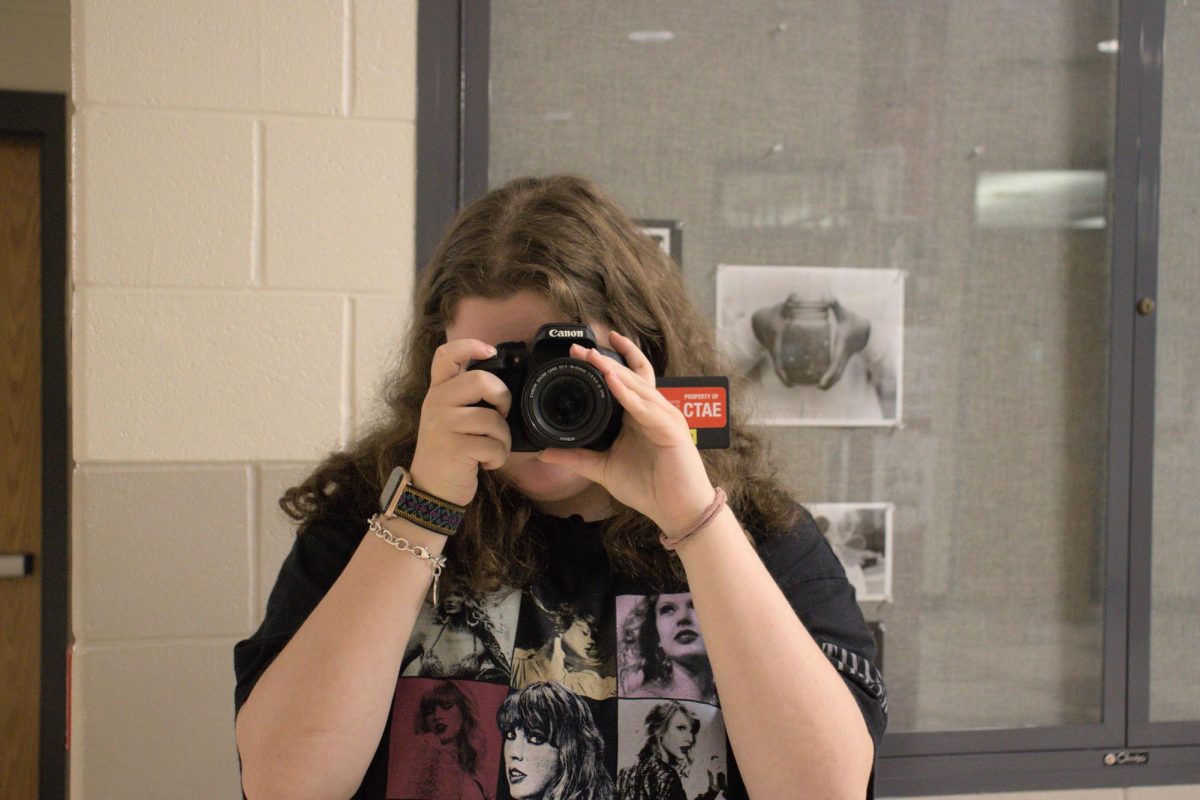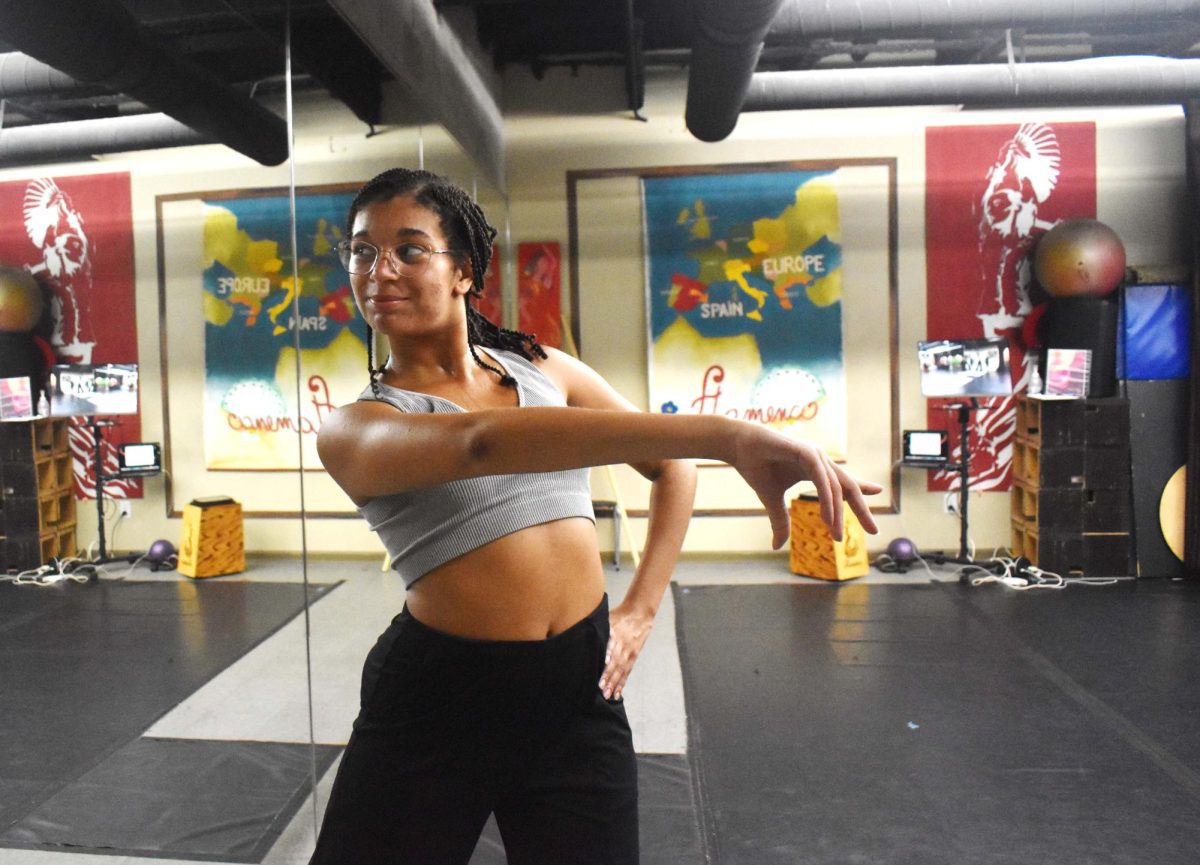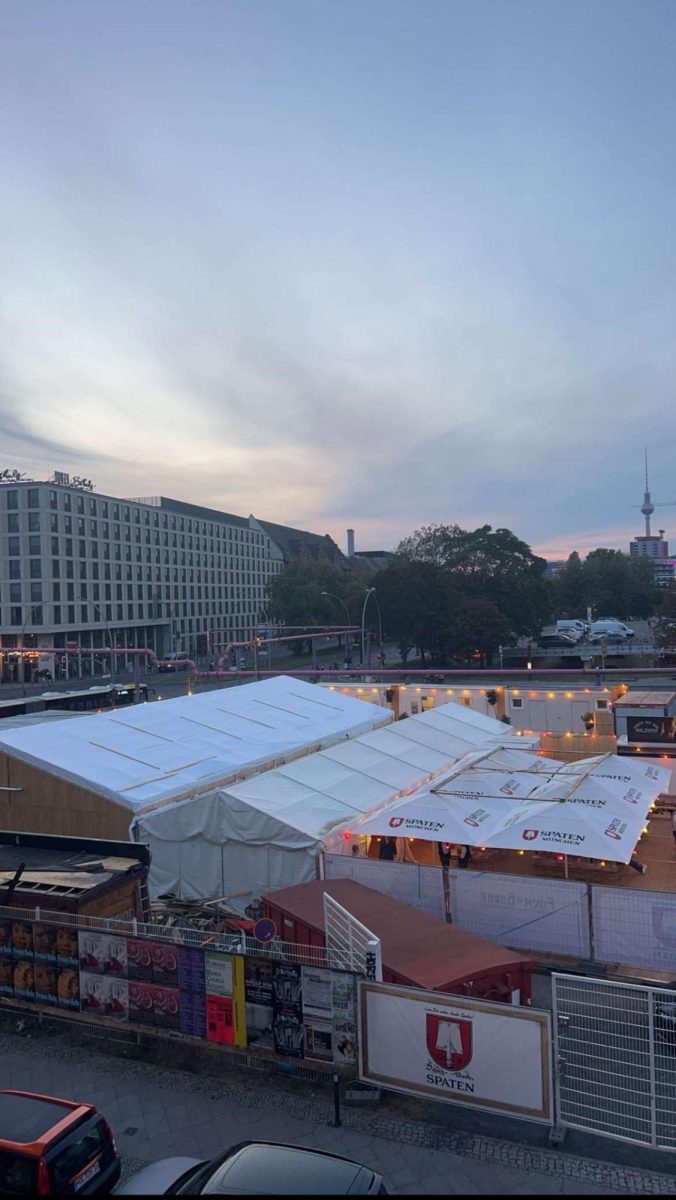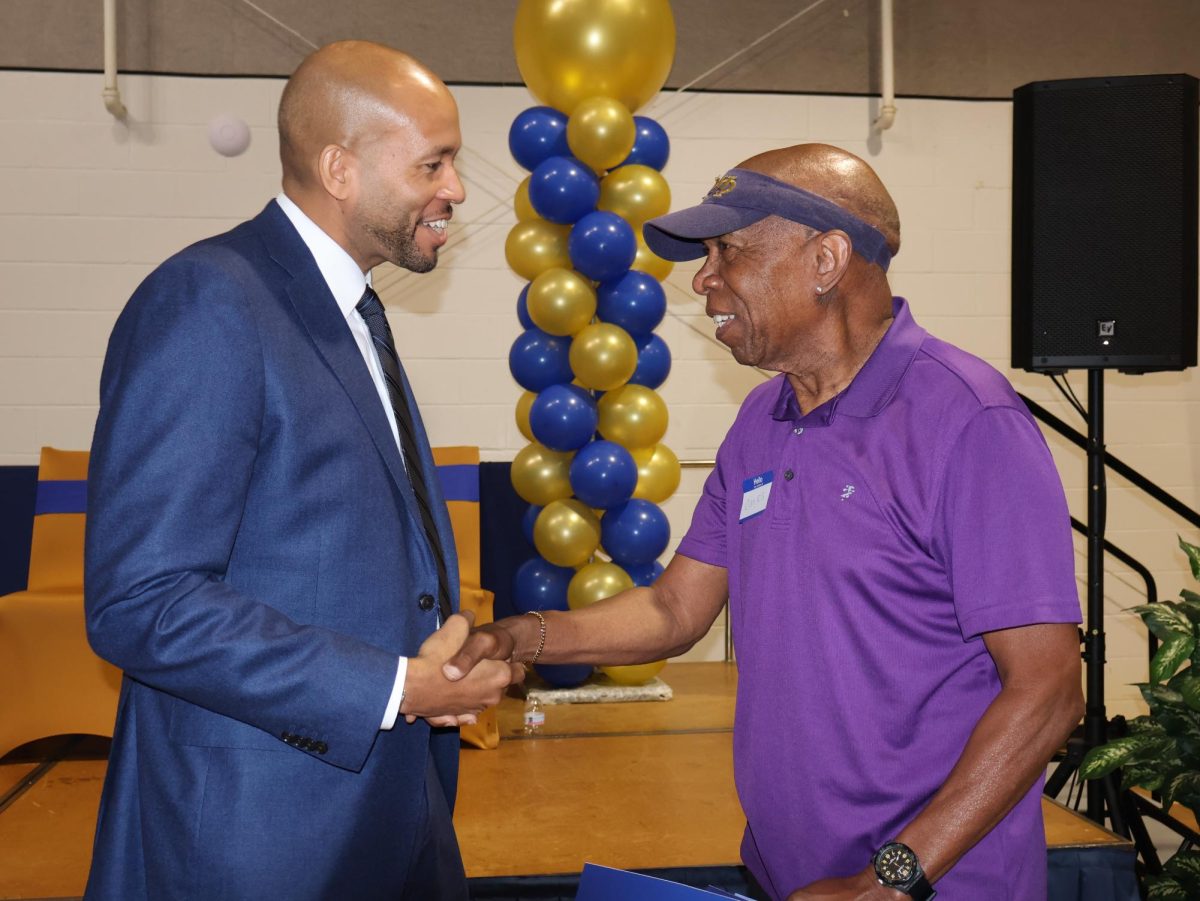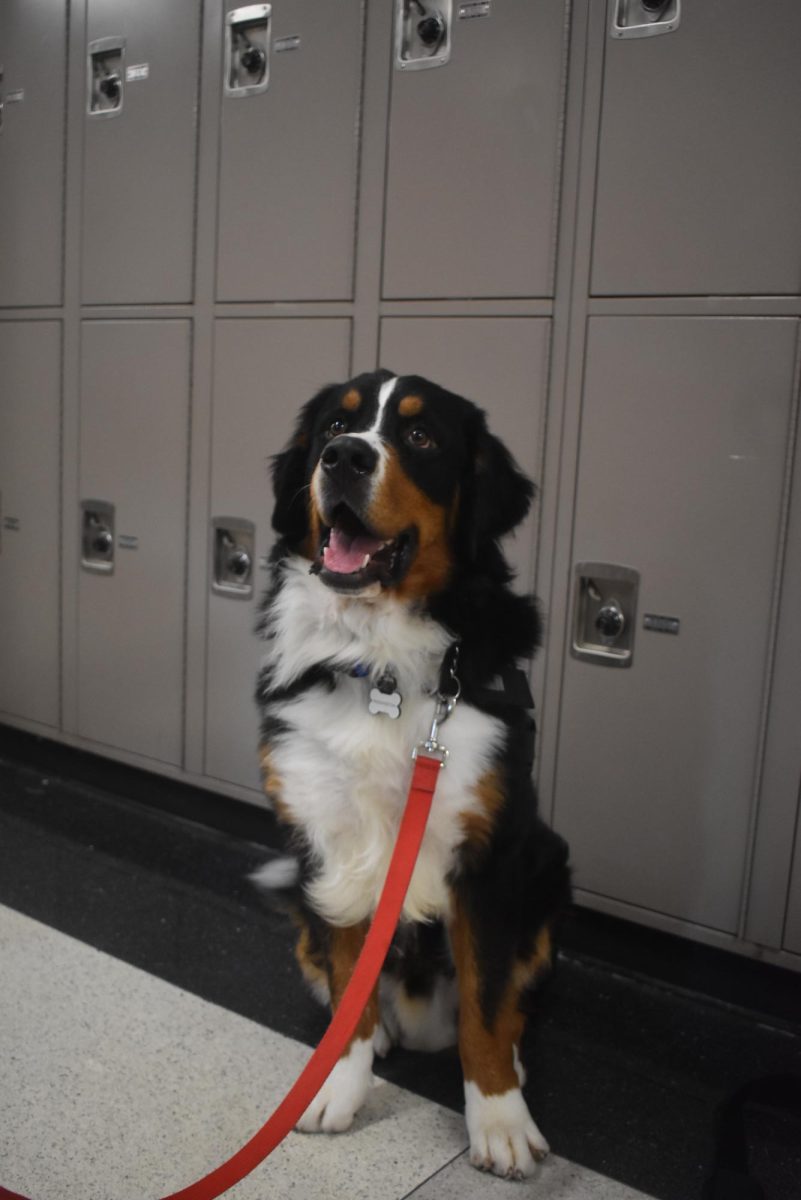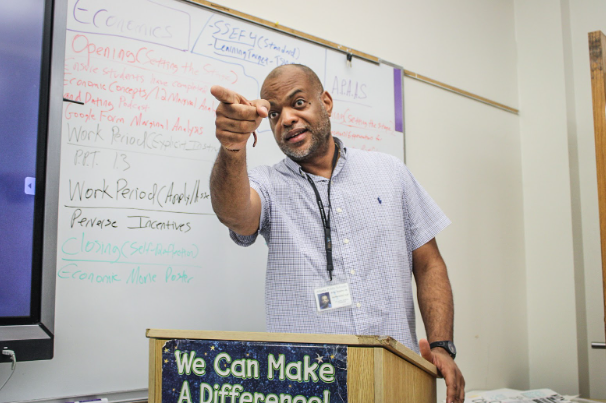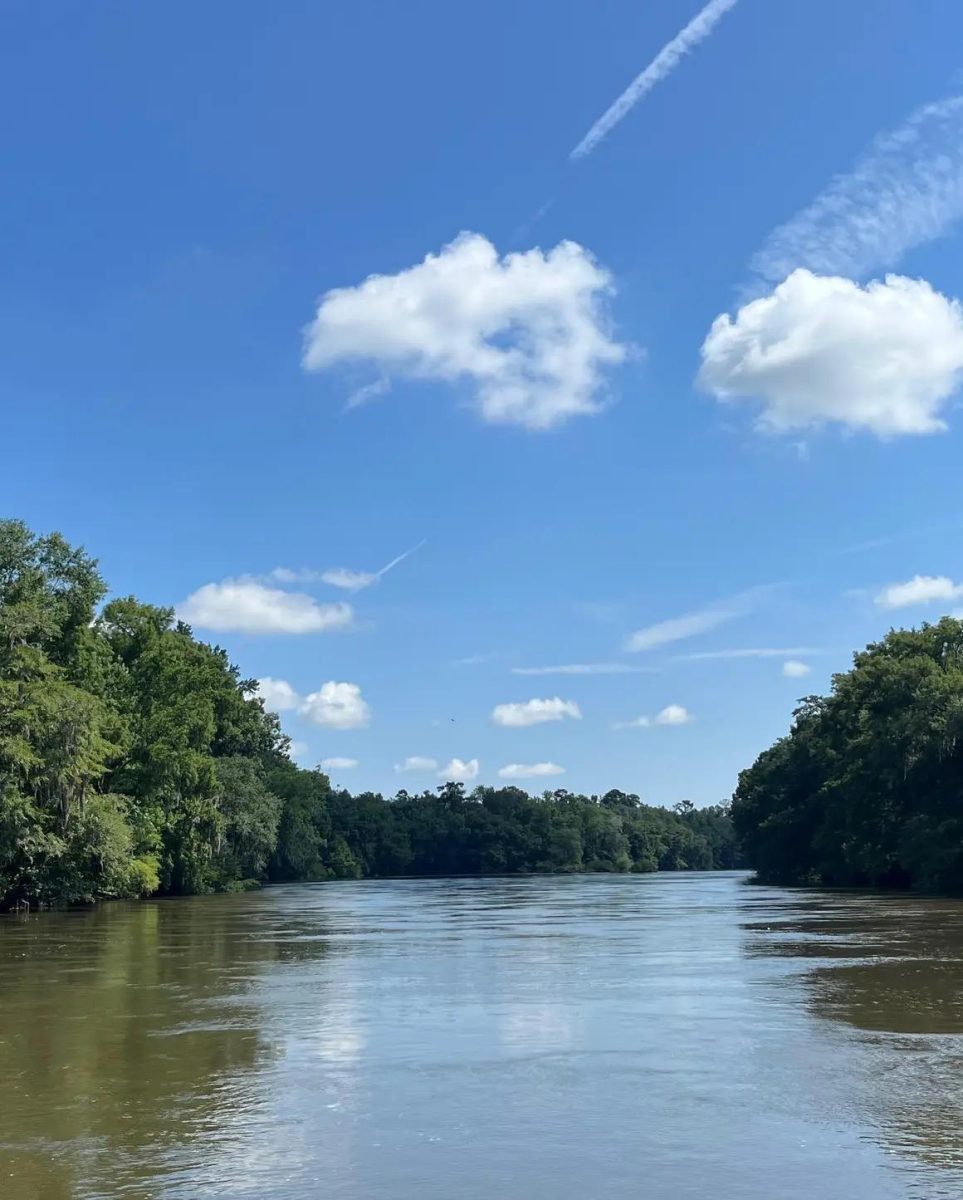Photography has become a popular art form and is a pathway taken by many students at Midtown. Administrators are discussing the implementation of a new digital photography pathway for next year’s curriculum.
The traditional photography style, called wet lab, is the only photography pathway currently offered at Midtown. It involves using film cameras and chemicals to print and develop a visible image on photo paper. Instead of working with film cameras and photo enlargers, the new class will focus on how to use digital cameras and digital editing apps, like Photoshop.
“I love the wet lab [style] because the results are beautiful and glamorous, but digital photography is easier to use and serves more purposes, and I use it more often,” sophomore Mira Silverman said.
Students taking the photography pathway have found a passion for the course and continue to use their skills outside of school.
“I love photography because I love capturing moments,” sophomore Laila Phelan said. “With photos, I can keep them and always look back.”
Phelan said how important photography is to them, and they use it everyday to snap significant moments in time.
“For me photography captures memories that you will be able to keep forever,” Phelan said.
The new class uses digital cameras that have SD cards to store data. The photos are then uploaded onto a computer, and can be edited in software apps. Because digital photography has become more accessible, it is more common for anyone to experiment with digital art.
“[Digital photography] is more versatile because you can edit it; it’s easier to function because it’s automatic sometimes and you can take it anywhere with you,” Silverman said, “It also has really really good results and 99% of the media is just digital photography.”
The new course will be a fine arts pathway taught by art teacher Brina Hargro. Hargro attended a program for digital photography and software at Georgia State University.
“Ms. Hargro has digital photography experience, and it’s in her realm,” Fine Arts co-chair John Brandhorst said.
Hargro said she continued to teach herself how to use digital apps from online videos and tooling around with other softwares.
“I took tutorial classes from YouTube. I played around with it a lot, and that’s where I learned how to teach digital photography, like playing around with Photoshop and digital manipulation,” Hargro said.
Hargro took an interest in digital photography because of the availability of digital cameras and the simplicity of digital photography.
“It’s accessible to everybody, and everyone can do some type of manipulation with the apps,” Hargro said. “I like how you can just change colors and change features on photographs really quickly; it makes them really awesome.”
Hargro said she wants her students to get used to working on different editing apps and platforms.
“I want my students to feel comfortable on not just Photoshop, which is the industry standard, but know how to use other apps, as well; I want them to be very versatile with manipulating things over several different platforms,” Hargro said.
Students in the new pathway will be introduced to digital imagery and apps to learn how to use the cameras and technology introduced to them in the class.
“[Digital photography] is something that’s been around for a long time, and we just simply haven’t ever purchased the necessary hardware to be able to make the prints,” Brandhorst said. “[We don’t have] enough computers with enough processing power and the software, such as Photoshop, and the other image manipulation programs.”
Although it hasn’t been determined how students will be eligible for the course, Brandhorst said it may not be open to everyone at first.
“It depends on how much equipment we have and what space the class is taught in, [so] that might cause some limitations,” Brandhorst said.
The digital aspect of the pathway makes it easier for students to access the tools needed to create photos with technology they may already have.
“As a photographer, it’s important to go out in the world and see things in a lens, like as an artist, and digital photography just makes it so accessible to really make it an art form, so I feel like it opens up a world that sort of places things in a very beautiful way,” Silverman said.

